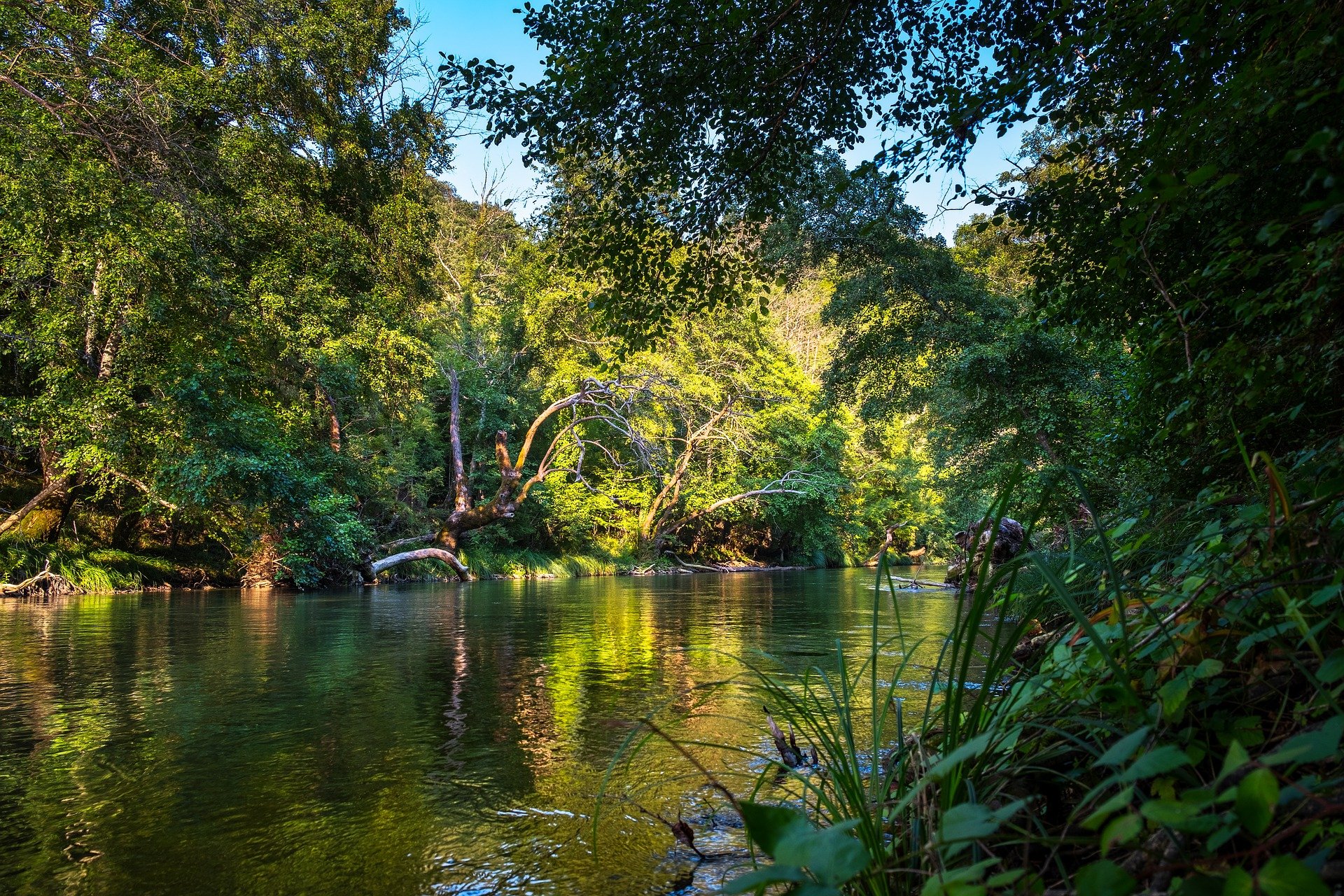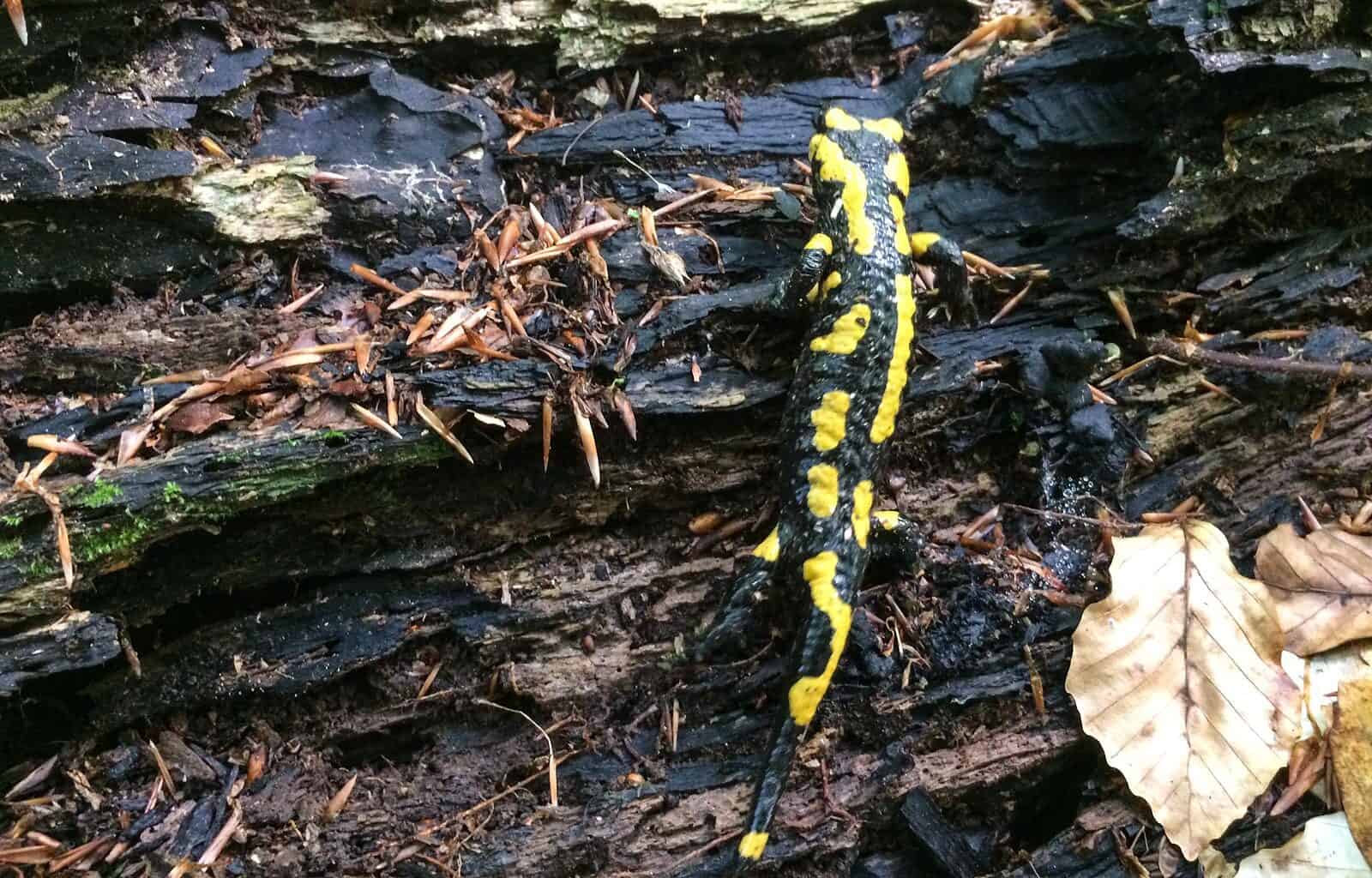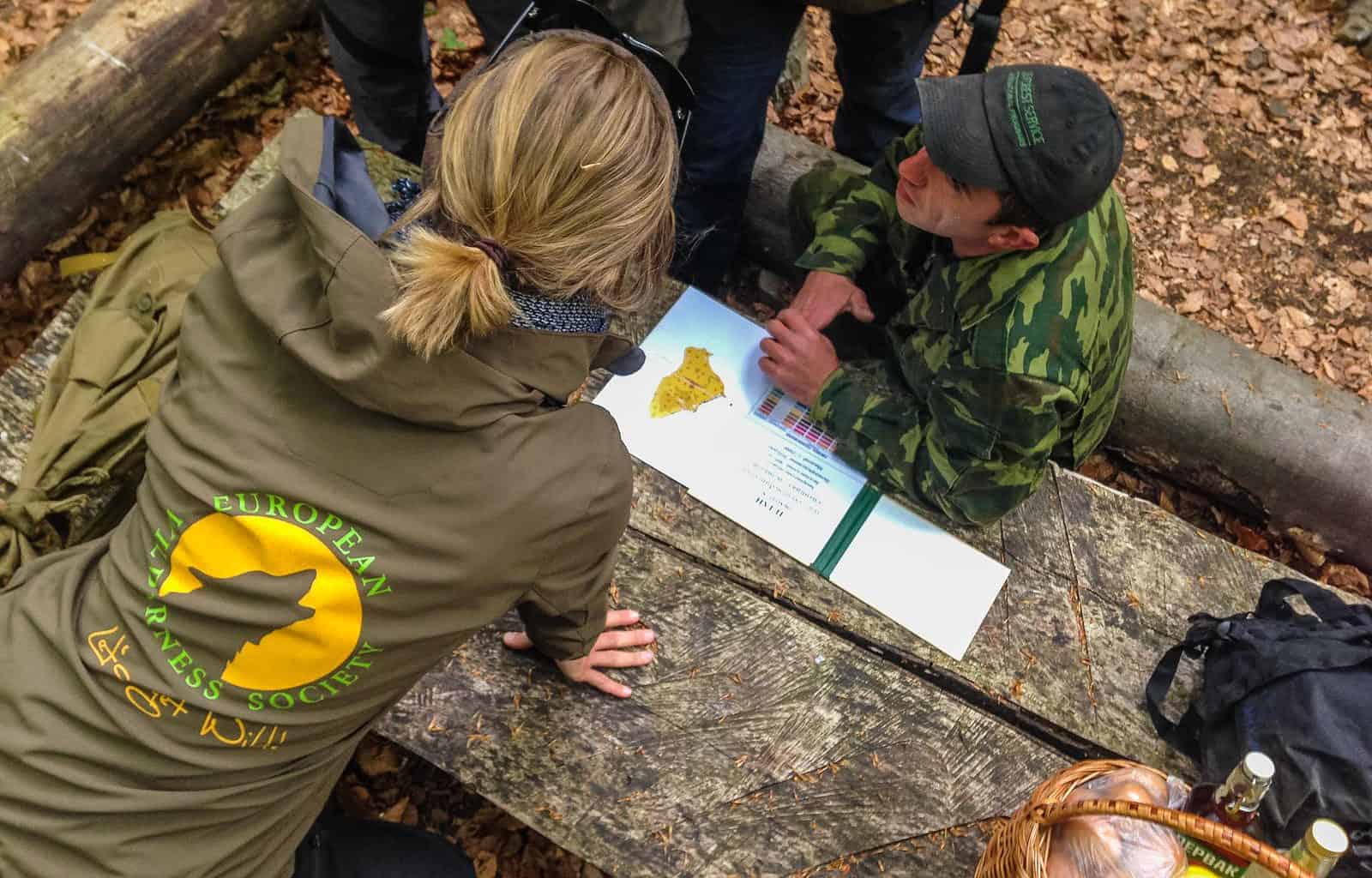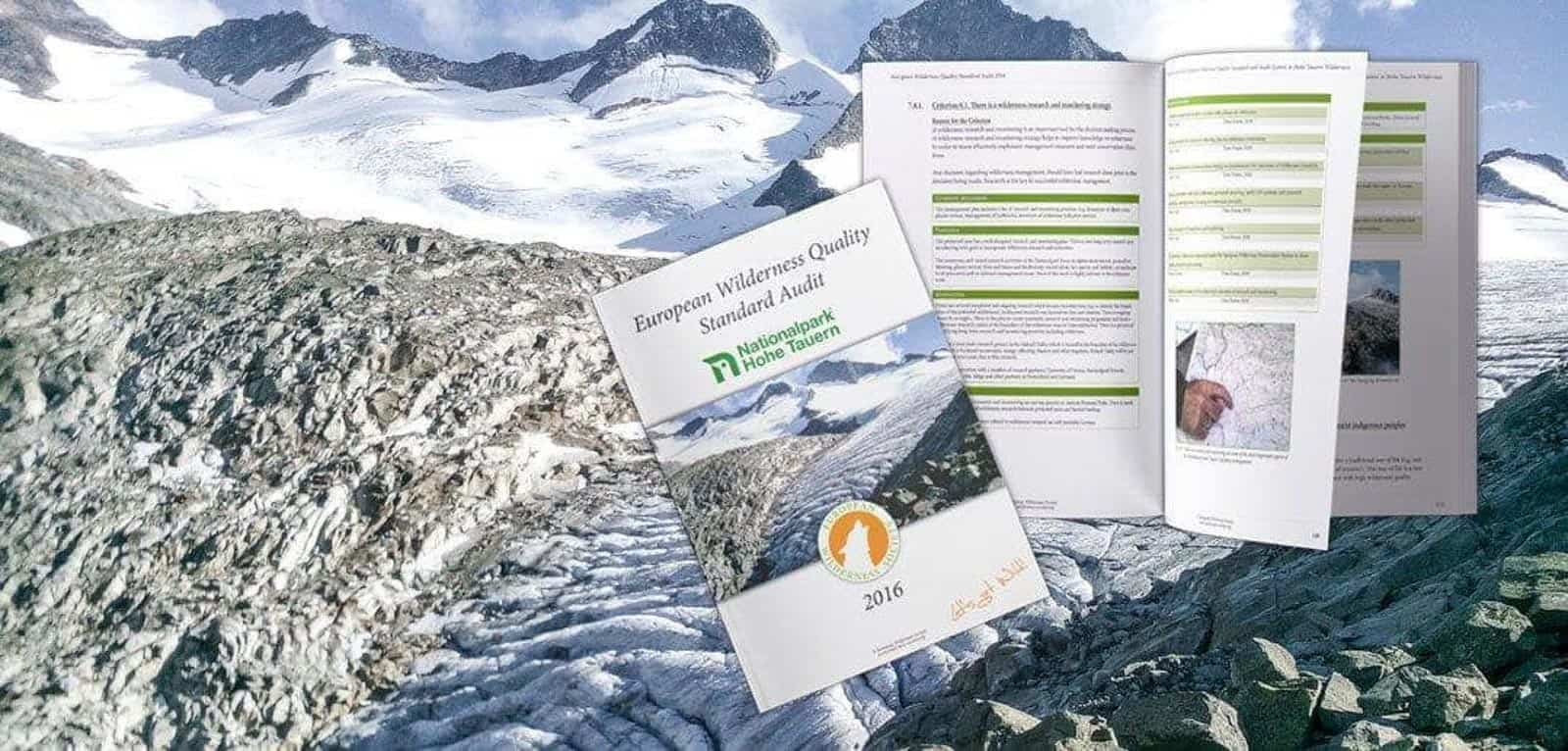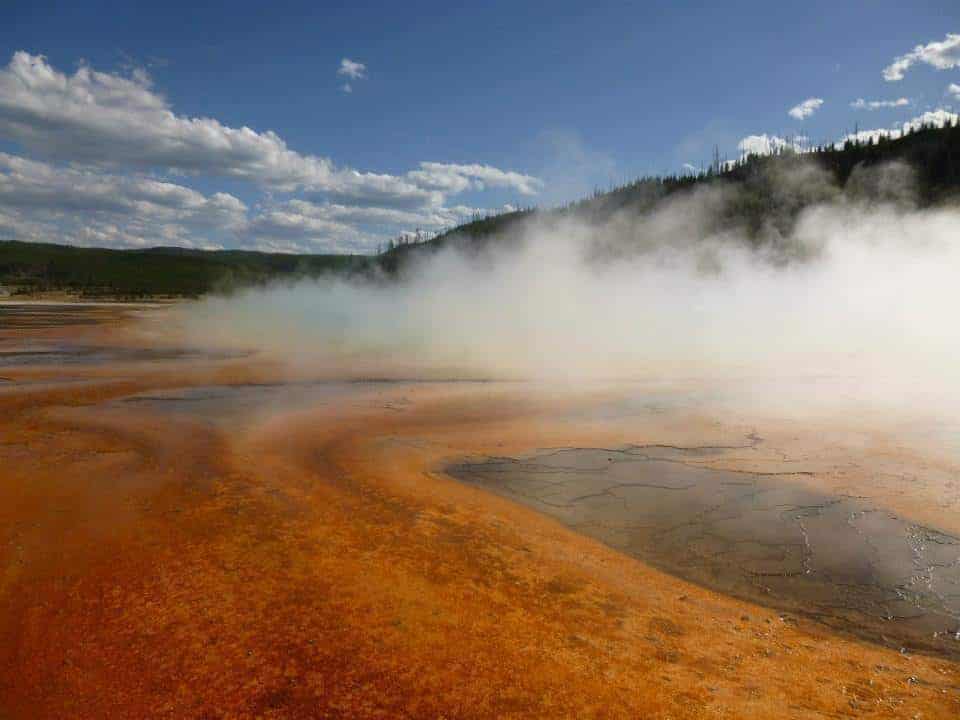The underappreciated connection between Norway and the rainforests of Gabon
The central west African nation of Gabon has just received the first $17 million of a total $150m pledged from Norway as part of the new Central African Forest Initiative (CAFI). A reward given for the preservation of their rainforest in sequestering carbon. They’re the first African country to receive this payment under the REDD+ criteria (reducing emissions from deforestation and forest degradation). This comes down to the Gabonese government’s impressive ability to have limited deforestation to 0.1% over the past 30 years. They’re now aiming to preserve 98% of the forest cover going into the future. As a result of these policies they’re one of only 11 high-forest low-deforestation (HFLD) countries in the world.
Preserving biodiversity and carbon sinks
Uninterrupted rainforest covers 85-88% of Gabon, an area roughly the size of the UK. Its relatively small population of around 2 million, which are mostly urban based, and the absence of major highways aids its existence. Therefore, their rainforests are able to sequester a total 140 million tonnes annually making Gabon a net absorber of 100 million tonnes of carbon – about one-third of the carbon France emits. As a result, its forests have sequestered above and below ground apporximately 26.5 gigatonnes of carbon. Equivalent to about 5 years worth of U.S. emissions.
Despite containing just 12% of the rainforest in the Congo basin, Gabon is home to nearly 60% of the total forest elephants in all of Africa. The uniterrupted nature of the land means it is one of the few places left where they can roam freely from forest to sea and where you can spot them walking along the beach. Their forest also contribute to an immense array of biodiversity with more plant species than all West Africa’s forests combined.
Regulating Rainfall
Gabon’s rainforest’s contribute to regulating the essential resource with which its namesake implies. Scientists have linked Gabon’s forests to rainfall in the Sahel, a semi-arid strip running beneath the Sahara. It has even been linked as far afield as the Ethiopian highlands, which in turn replenishes the Nile. Increasing desertification and having most farmers dependent on rain-fed agriculture makes Africa more vulnerable to extreme weather shifts. As a result the essential role in preserving these rainforest becomes all the more important.
The Gabon way
Gabon has managed to preserve their forest cover in a number of ways:
1.) Timber companies are only allowed to harvest on a 25 year cycle to allow for regrowth.
2.) In 2002 the government created 13 national parks covering 11% of the country in which logging was banned. They’ve subesequently extended conservation areas to cover 17% of the country.
3.) By 2022 the government requires that all forest concessions in Gabon will have to be certified with the Forest Stewardship Council (FSC). A label considered the most demanding in forestry management. Lastly, in 2010 log exports were banned. This was to promote the local wood processing industry but also to reduce illegal lobbying which led to a significant drop in timber production. However this drop appears to have led to an increase in logging in neighbouring Cameroon.
Gabon’s HFLD status also offers opportunities to diversify its economy away from dwindling oil reserves. New ventures are being proposed such as Eco-tourism and carbon credits where companies would pay them to sutainably manage their rainforests as a way of off-setting their emissions. These efforts are all part of a move to put a quantifiable figure on the true cost of carbon and the value of ecosystem services, with the end-goal of incentivising markets and economies to be more sustainable.
“People say you can’t be paid for what is a natural process, but we say no. It’s more than 30 years of policy that have preserved our forests. This is not a natural process; it’s a vision.”


